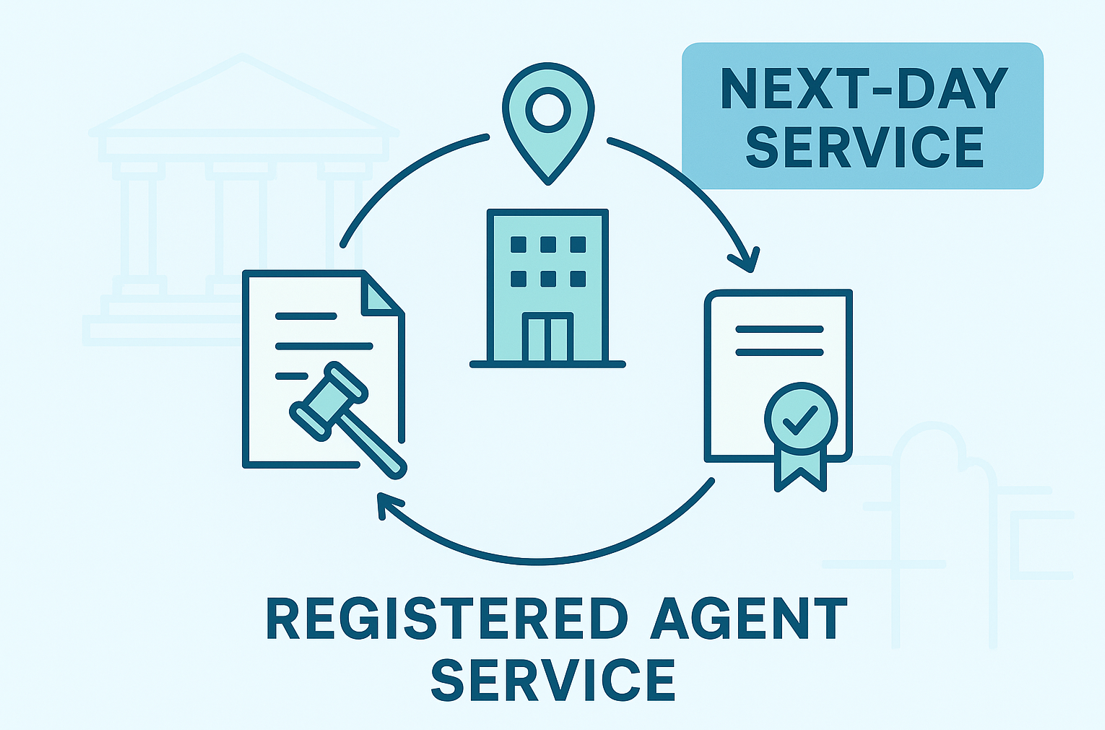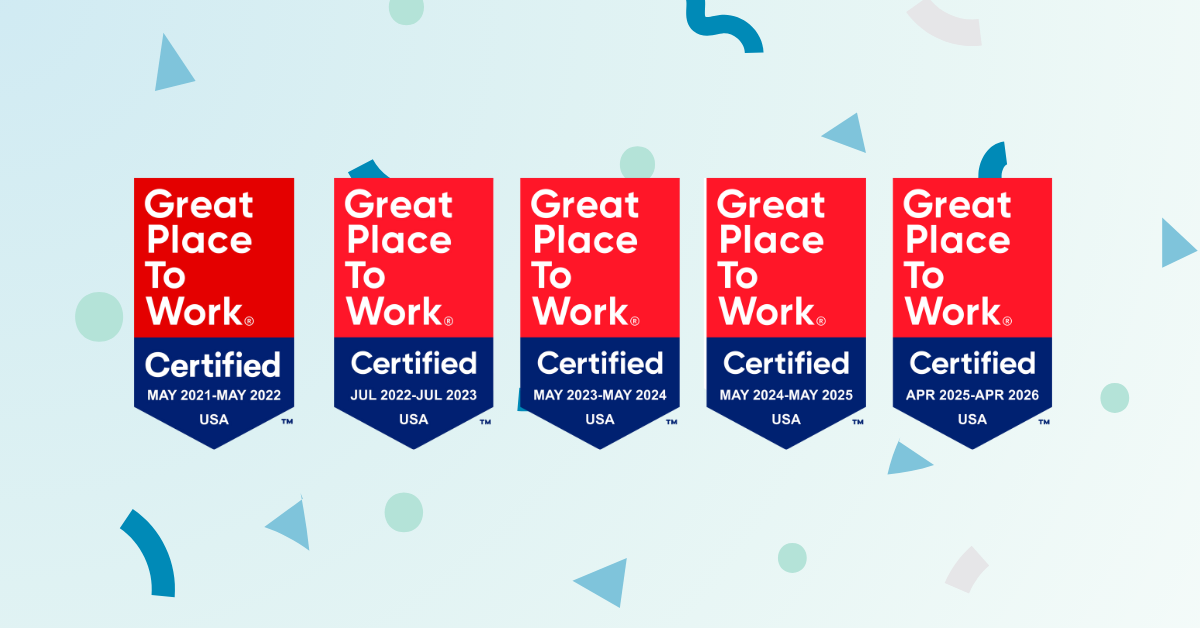Are there really still litigation firms out there that haven’t embraced technology?
It’s hard to imagine staying competitive in today’s marketplace without all the technological bells and whistles that make litigation practice more efficient, cost-effective, and – dare I say – easy (okay, well at least easier).
Nonetheless, I know there are a few of you out there who have resisted litigation technology up to this point. If you’re one of them, this post is for you.
In it, we’ll provide an overview of litigation technology — from its vast impacts on the practice to its benefits and challenges. Finally, we’ll give you some tips for choosing the best technology for your firm.
The impact of litigation technology
Technology has been a game-changer for the entire industry, and its impact is particularly evident in litigation. Today’s litigation technology offers a wide range of tools designed to streamline legal processes, improve accuracy, and enhance collaboration among legal professionals.
One of the most significant benefits of litigation technology is its ability to increase efficiency. In fact, according to one study, the use of technology allows legal professionals to save 40% of their time via task automation, increase client satisfaction by 30%, and decrease overhead by 20%.
With numbers like that, it’s a wonder anyone is hesitant to join the technological revolution. But if you’re still not convinced, let’s take a closer look at some of the specific tools having the greatest impact on litigation firms.
Types of litigation technology
Litigation technology is a broad term that encompasses various tools and platforms designed to support legal work. Here are some of the most common types of litigation technology used by law firms today:
eDiscovery tools
eDiscovery tools are essential for managing electronic documents and data in legal cases. These tools allow law firms to collect, process, and review large volumes of electronically stored information (ESI) quickly and efficiently.
With eDiscovery technology, lawyers can quickly locate relevant documents, organize them for review, and produce them for opposing counsel or the court. And when I say quickly, I mean you can reduce processes that used to take weeks down to an hour or less.
Case management software
Case management software helps law firms stay organized by providing a centralized system for tracking cases, deadlines, and client information.
These platforms often include features like calendar integration, document storage, and secure client communication tools. Case management software also allows practitioners to manage multiple cases simultaneously without losing track of critical details.
Back when I was practicing, all of this took place in an embarrassingly large collection of dog-eared notebooks that I might be able to find when I needed them. These programs put all that information in one handy location (like your phone or laptop).
Document automation
Document automation tools are designed to automate the creation of legal documents and forms. By using templates and predefined workflows, these tools can generate documents quickly and accurately.
Document automation is particularly useful for repetitive legal tasks, such as creating contracts, wills, or – in a great boon to you litigators out there – pleadings. This technology not only saves significant time, it greatly reduces the ever-present risk of human error.
eFiling
I’m going to date myself again here but back when I was practicing, we’d have to print and compile multiple copies of whatever pleading we were working on, wait for a courier to pick it up, and then get on our knees and pray that the courier made it to the court filing window before it closed. And if we had to file a brief in another state, well, that was a whole different level of chaos and praying.
With today’s eFiling solutions, however, all of that is handled for you electronically and at lightning speed. What’s more, you’re able to track your filing’s progress online and receive court-stamped documents right in your email inbox.
AI-driven tools
Like it or not, artificial intelligence (AI) also offers powerful applications for litigation. AI-driven tools can assist with legal research, contract analysis, and even predict case outcomes based on historical data.
These technologies use machine learning to identify patterns and trends, which allows you to make more informed decisions quickly and craft stronger arguments tailored to your specific case.
Benefits of litigation technology
It may be obvious from the description of the litigation technologies outlined above, but if you’re not convinced, let us highlight some of the top benefits of these tools.
Increased efficiency
One of the most significant benefits of litigation technology is its ability to streamline processes and reduce manual tasks.
By automating routine activities, such as document sorting, data entry, and calendar management, lawyers and other legal professionals can focus on more complex legal work. This can lead to faster case resolution and the ability to handle a higher volume of cases without sacrificing quality.
Improved accuracy
Technology helps reduce human error by automating tasks that are prone to mistakes. For instance, document automation tools ensure that legal documents are consistent and free from typos or formatting issues. Case management software tracks deadlines and schedules, reducing the dreaded risk of missed court dates or filings.
Enhanced collaboration
Litigation technology facilitates collaboration within law firms and with external stakeholders (clients, expert witnesses, etc.). Communication and collaboration platforms allow lawyers to work together on cases, share information, and coordinate activities.
Collaboration also extends beyond the law firm, as technology enables lawyers to communicate more effectively with clients and opposing counsel. Video conferencing and secure messaging tools make it easier to connect with clients remotely, while electronic document sharing speeds up the exchange of information during litigation.
Cost savings
From automating repetitive tasks to reducing paper usage, litigation technology can lead to significant cost savings. Law firms can cut down on printing and storage costs by moving to digital systems, while automation can free support staff up to work on more substantive tasks.
Better case outcomes
Technology can also support better preparation for court. eDiscovery tools help lawyers gather and organize evidence, while case management software ensures that all case-related information is easily accessible. This comprehensive preparation can lead to stronger court presentations and more favorable outcomes for clients.
Challenges and considerations
Okay, Okay … I know it’s easy to talk about the benefits of litigation technologies. But what are the downsides? There are a few:
Implementation costs
Adopting new technology can be costly, with expenses for software licenses, hardware, and training. Law firms must budget for these costs and consider the return on investment when deciding which technologies to implement.
Learning curve
New technology often comes with a learning curve, and lawyers may need time to adapt to new tools and systems. Training is obviously critical to ensure that all team members understand how to use the technology effectively – and we understand that that time comes with its own costs.
Data security and privacy
Data security and privacy are critical concerns in the legal industry. Litigation technology often involves handling sensitive information, making it essential to ensure that data is protected.
Notwithstanding what the vendor websites say, law firms still have to worry about security measures, such as encryption, secure access controls, and regular security audits, to safeguard client data and comply with privacy regulations.
Ethical considerations
Technology can raise ethical concerns, particularly when it comes to things like client confidentiality. Law firms must ensure that their use of technology aligns with ethical guidelines and professional standards. This includes implementing policies for technology use and monitoring compliance to avoid ethical breaches.
How to choose the right litigation technology
Well, if you’ve read this far and are considering dipping your firm’s toes into the litigation technology world, here are a few tips to help you make informed decisions:
Assess firm needs
Start by assessing your law firm’s specific needs and workflow. Don’t worry about what the firm down the street is using. Consider the types of cases you handle, the size of your team, and the areas where technology could have the most significant impact.
This assessment will help you identify what’s going to work best for you.
Evaluate technology providers
When choosing litigation technology, it’s crucial to evaluate technology providers carefully. Look for vendors with a strong reputation, reliable customer support, and a track record of delivering quality products. Read reviews, request demos, and ask for (and interview) references to ensure you’re choosing a trustworthy provider.
Customization and scalability
Ensure that the technology you choose can be customized to meet your firm’s unique requirements. Customization allows you to tailor the technology to your workflow and business processes. Additionally, consider scalability – if you’re a powerhouse firm that plans to double in size in the next five years, make sure your tech solutions can keep up.
Seek feedback from actual users
Involve your entire staff in the technology selection process. Seek feedback from those who will be using the technology to ensure it meets their needs. This involvement helps build buy-in and ensures a smoother transition to new tools.
So, there you have it – litigation technology in a nutshell. We wish you luck in joining the revolution.








